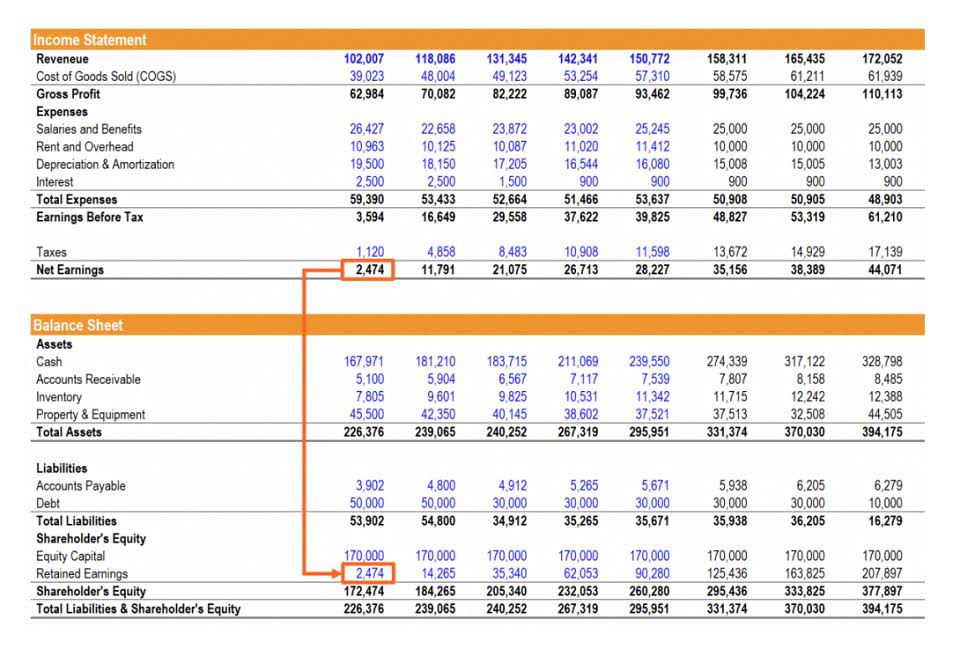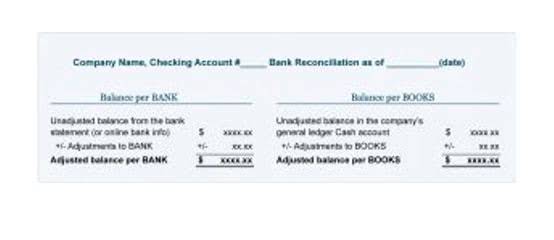
The cost-benefit analysis is an integral part of the initial proposal stages for any business project. It takes place before creating project schedules, developing the scope of work, or mapping out processes. This analysis serves as the essential justification for moving forward with a proposed action. By conducting cost-benefit analyses, businesses can optimize their operations, increase profitability, and ensure their investments align with their strategic goals. CBA helps decision-makers evaluate the effectiveness of a project adjusting entries or decision by comparing its costs and benefits.

Step 2 – Create a Value Framework For Your Costs and Benefits

Subtract the total costs from the total benefits to find the net benefit of each option. This comparison is the heart of your analysis—it shows you which choices give you the most financial upside. Now, list out all the potential costs – think materials, labor, time, and benefits, like increased revenue, efficiency gains, or intangible perks. The process of doing a cost-benefit analysis itself has its own inherent costs and benefits. The costs involve the time needed to carefully understand and estimate all of the potential rewards and costs. This may also involve money paid to an Food Truck Accounting analyst or consultant to carry out the work.
- It also keeps that information specific to a single problem, rather than over-complicating the decision that needs to be made by considering too many factors at once.
- To commence this task, log in to your Xmind AI account and enter the tool’s main workspace.
- If the NPV is positive, the benefits outweigh the costs, which suggests the decision or project may be worthwhile.
- Cost-benefit analysis is widely used in various fields, including economics, public policy, environmental studies, and business.
- One significant limitation is the difficulty in quantifying certain costs and benefits.
Basic CBA Table

When decisions are made without a thorough assessment of the potential benefits and drawbacks, organizations risk facing adverse consequences that may not be immediately apparent. When the main goal of using a cost-benefit analysis is to reach a it comes to hiring a new employee, your business should approach the decision with careful consideration. Numerous costs, regulations, and processes are involved in bringing someone new on board. Conducting a cost-benefit analysis can offer valuable insights into the advantages and disadvantages of hiring a new employee compared to managing your existing staff.
- Each cost and benefit, whether tangible or intangible, is assigned a numerical cost.
- The discounting process can undervalue future benefits, which could lead to short-sighted decisions.
- His career has seen him focus on both personal and corporate finance for digital publications, public companies, and digital media brands across the globe.
- CBA involves several steps, including identifying the costs and benefits of a project or decision, estimating the monetary value of these costs and benefits, and comparing the total costs to the total benefits.
- However, decision-makers need to be aware of its limitations and use it in conjunction with other types of analysis to make more informed decisions.
- In most cases, business owners opt for converting these metrics into economic value since that’s typically the easiest way to understand and compare.
Understanding Cost-Benefit Analysis: Definition, Benefits, and Best Practices
The discount rate used in CBA can have a significant impact on the results of the analysis, and different discount rates may be appropriate for different contexts. This can make it hard to compare the results of different CBAs, and can make it hard to accurately evaluate the true costs and benefits of a project or decision. Overall, conducting a CBA requires careful consideration of many factors and involves several steps. By following best practices for conducting a CBA, decision-makers can ensure that the analysis provides relevant and accurate information to inform decision-making. Governments also utilize cost-benefit analysis to assess the potential impacts of new policies or projects. For instance, it could be used to weigh the potential benefits of implementing a new public health policy against the costs.
Real Options Analysis
As a structured framework for evaluating multiple alternatives based on defined criteria, this method enables organizations to compare various options side by side. In this technique, weights are assigned to different factors, such as costs, benefits, and risks. With the help of this scoring system, stakeholders can quantify each option’s overall value to facilitate clear comparisons. A visual representation of the analysis effectively outlines the basic steps involved in evaluating a project. This structure is beneficial for complex projects that incorporate multiple decision points, as it clearly shows the relationship between various components of the analysis. By mapping out the process in sequential order, flow charts enhance clarity and help stakeholders understand how each step contributes to the final decision-making outcome.
- However, in terms of metrics, the most critical aspect is accurately quantifying and then comparing the total costs against the total benefits.
- A cost-benefit analysis isn’t just a fancy technique reserved for economists; it’s a practical tool with several significant benefits.
- A cost-benefit analysis should also include the opportunity costs of missed or skipped projects.
- For greater clarity, integrate the formula for NPV calculation into the respective block by selecting the “Equation” feature from the bottom toolbar.
- If not, the business reviews the project to see if adjustments can be made to increase benefits or decrease costs to make it viable.
Clearly articulate how their work directly connects to larger business objectives and fits the overall organizational strategy. By providing real-time visibility into how each team member’s contributions contribute to business goals, everyone will be on the same page and fully engaged in the collective vision. As mentioned in Step 1, having more costs or benefits alone doesn’t tell us much unless we assign specific values to each item. Typically, we use monetary values since everything in a business either contributes to or takes away from its bottom line. However, you can also use ranking systems based on level of importance to the company if direct values are not assigned or even in addition to set values for each category.
